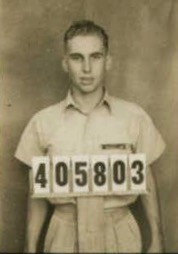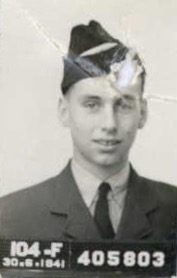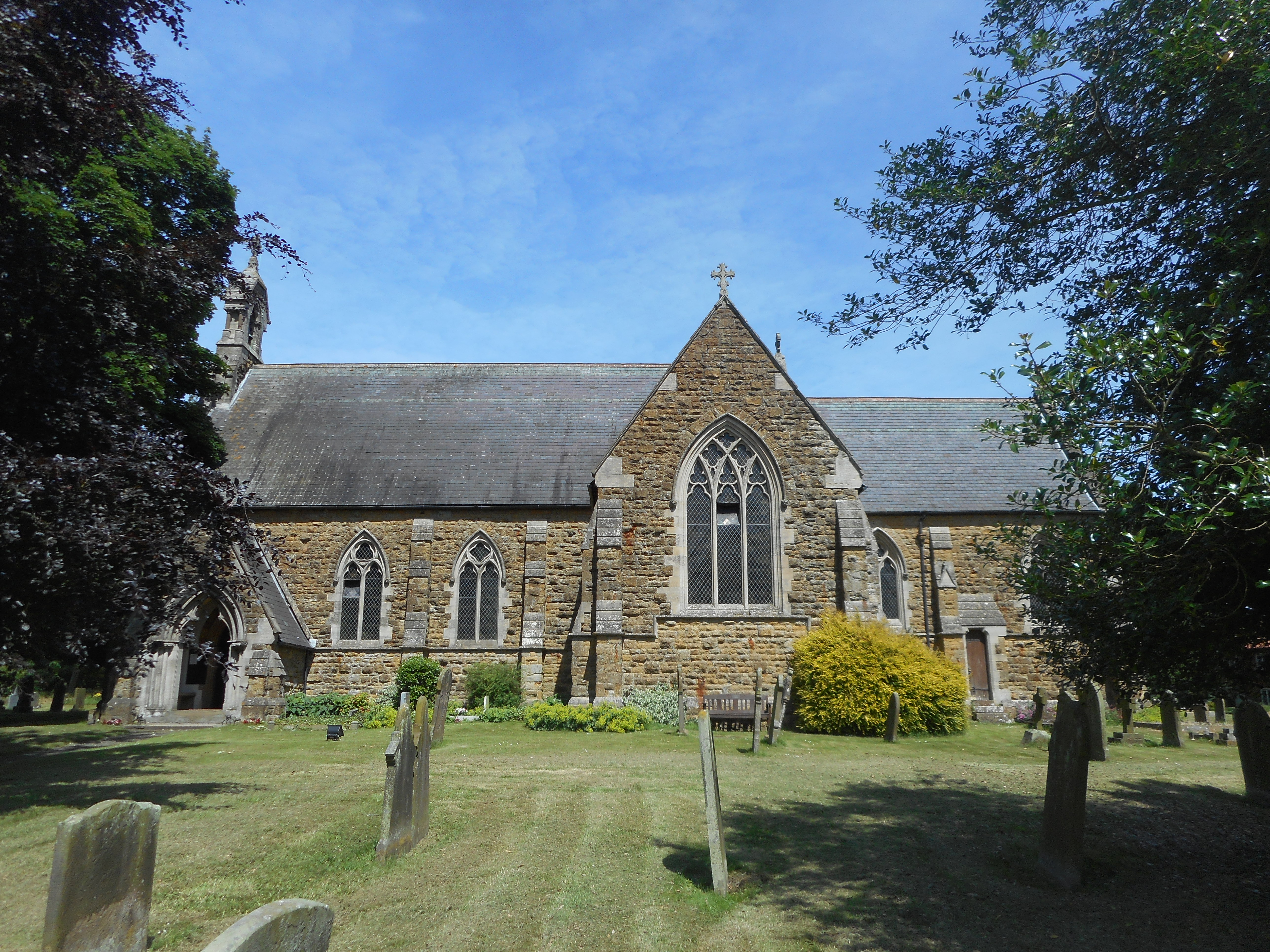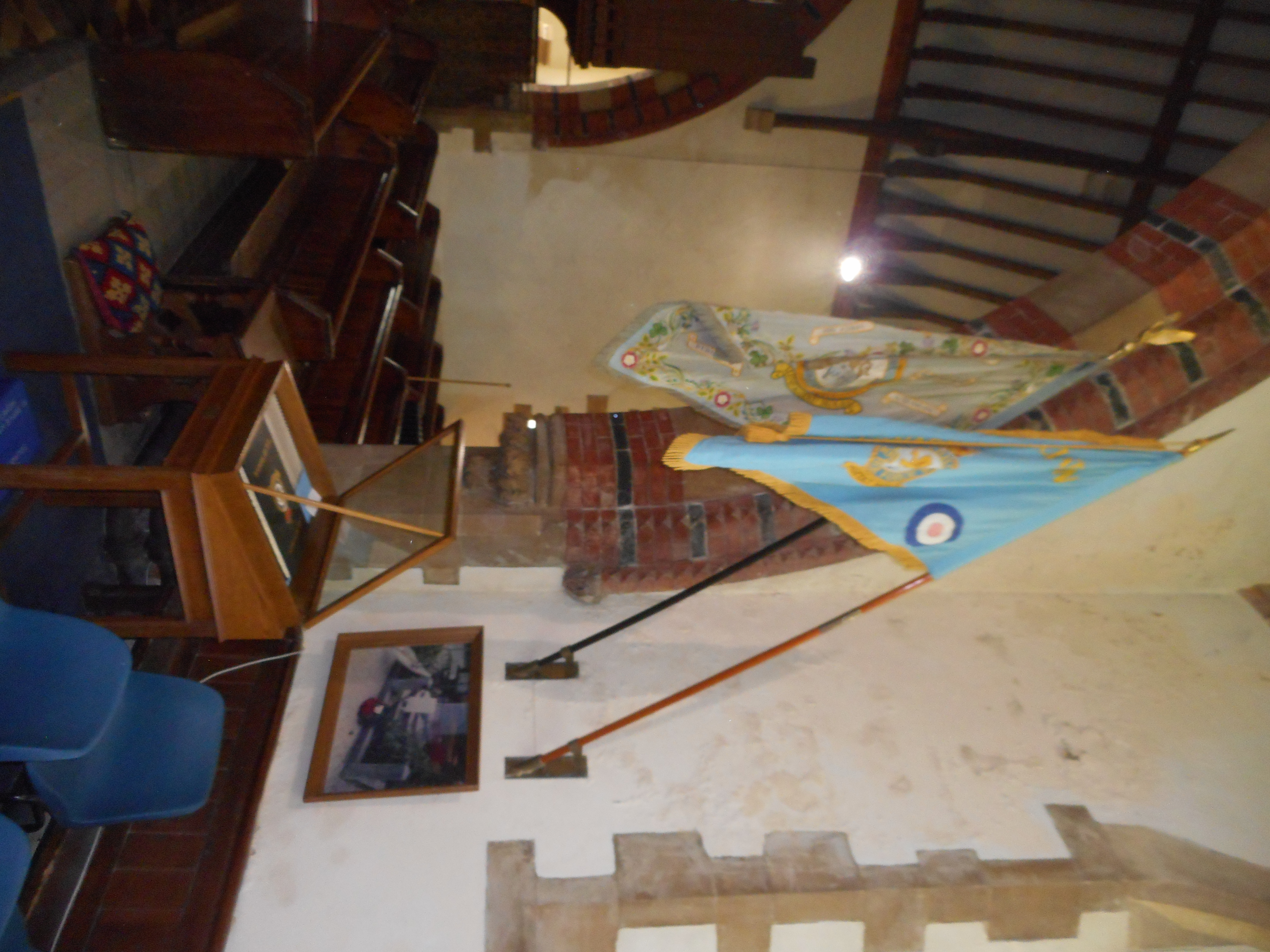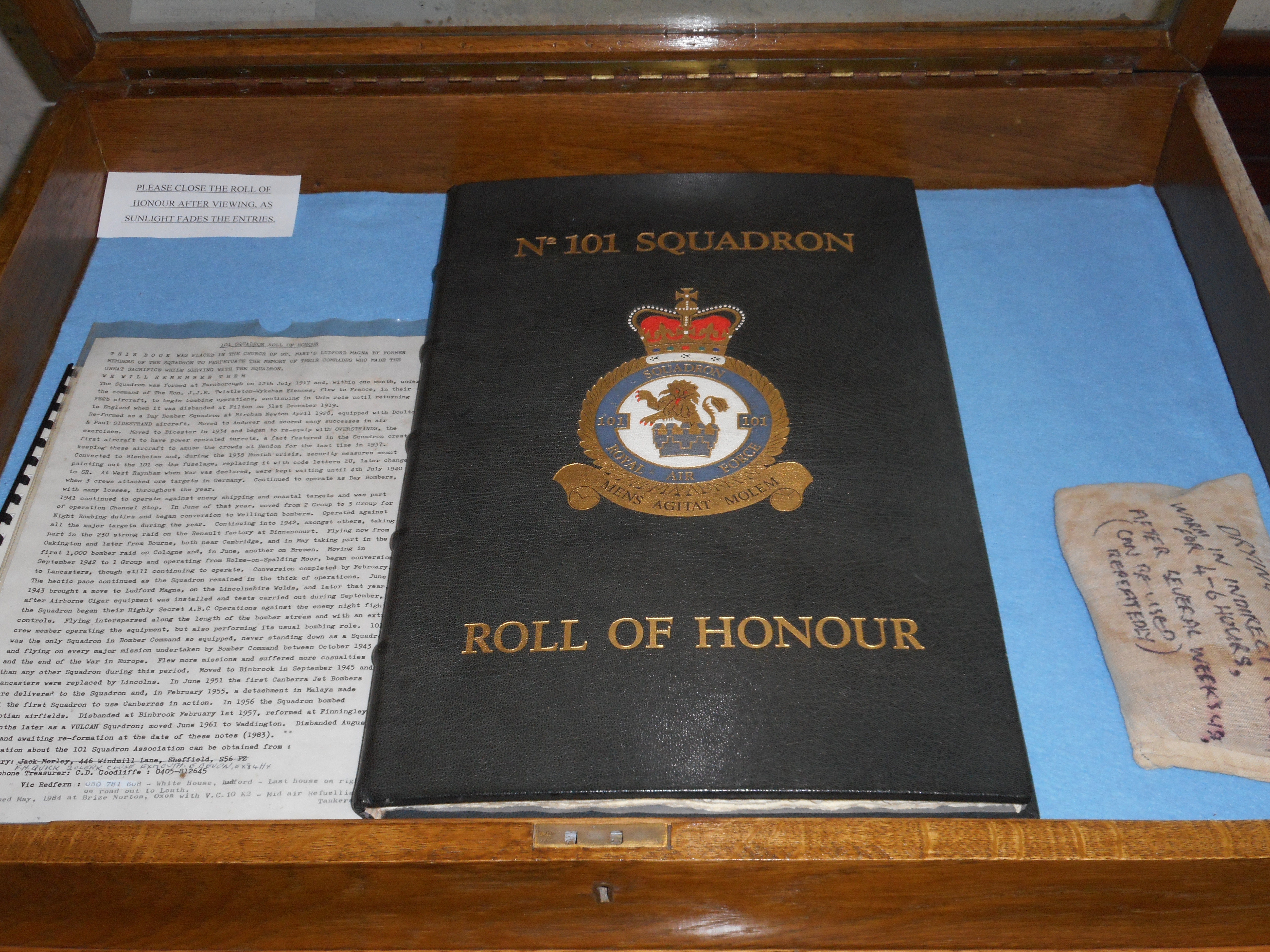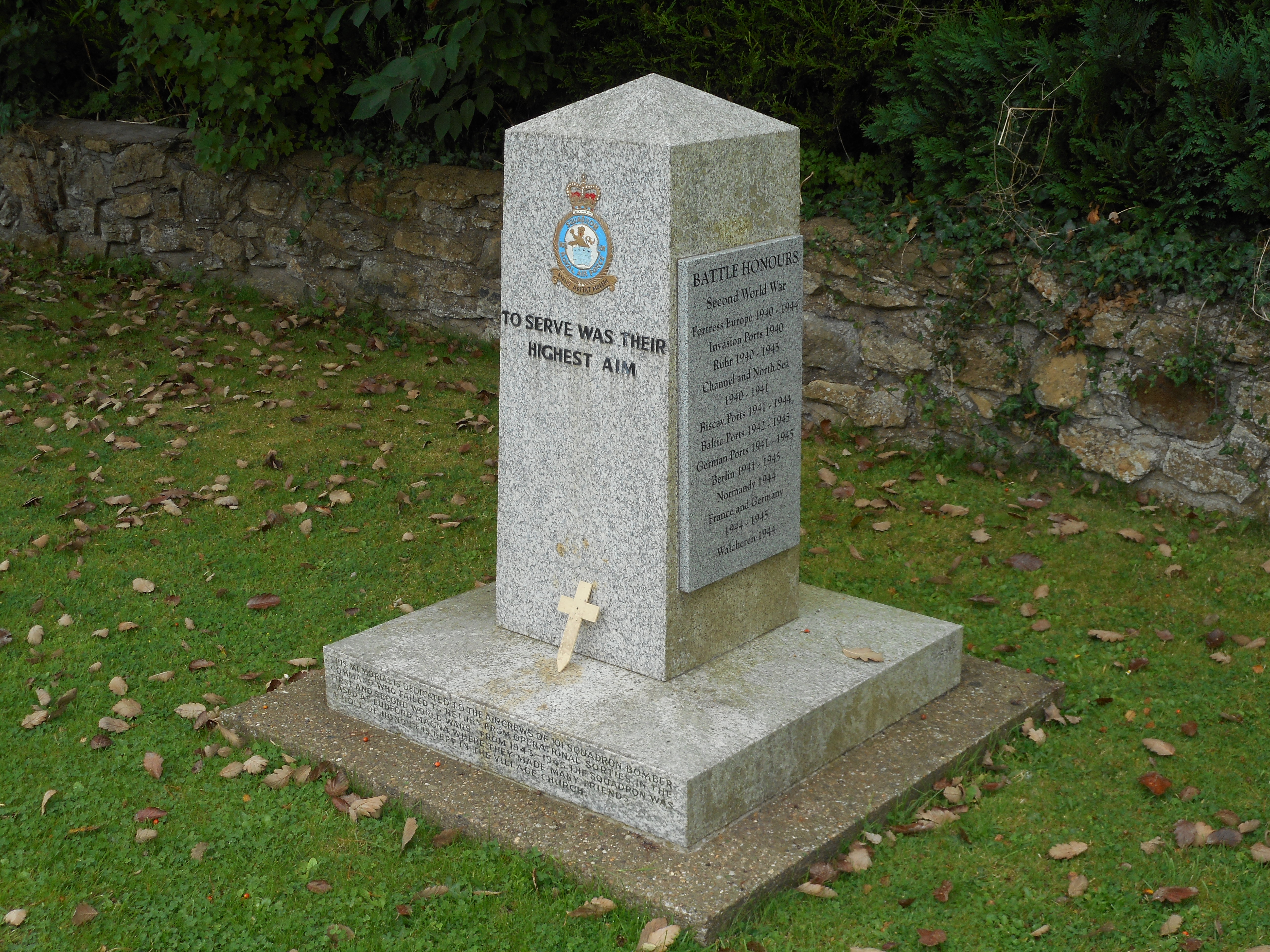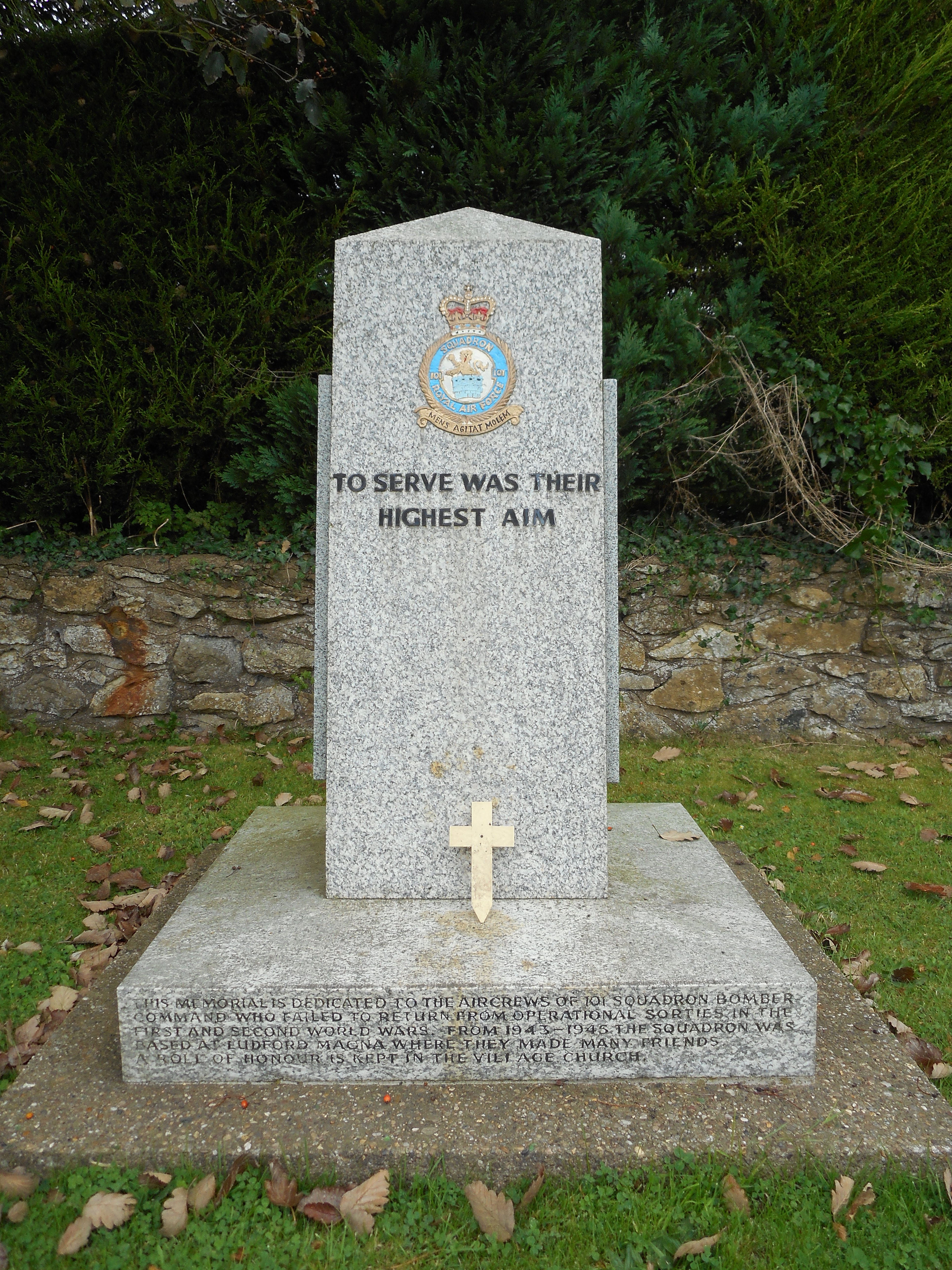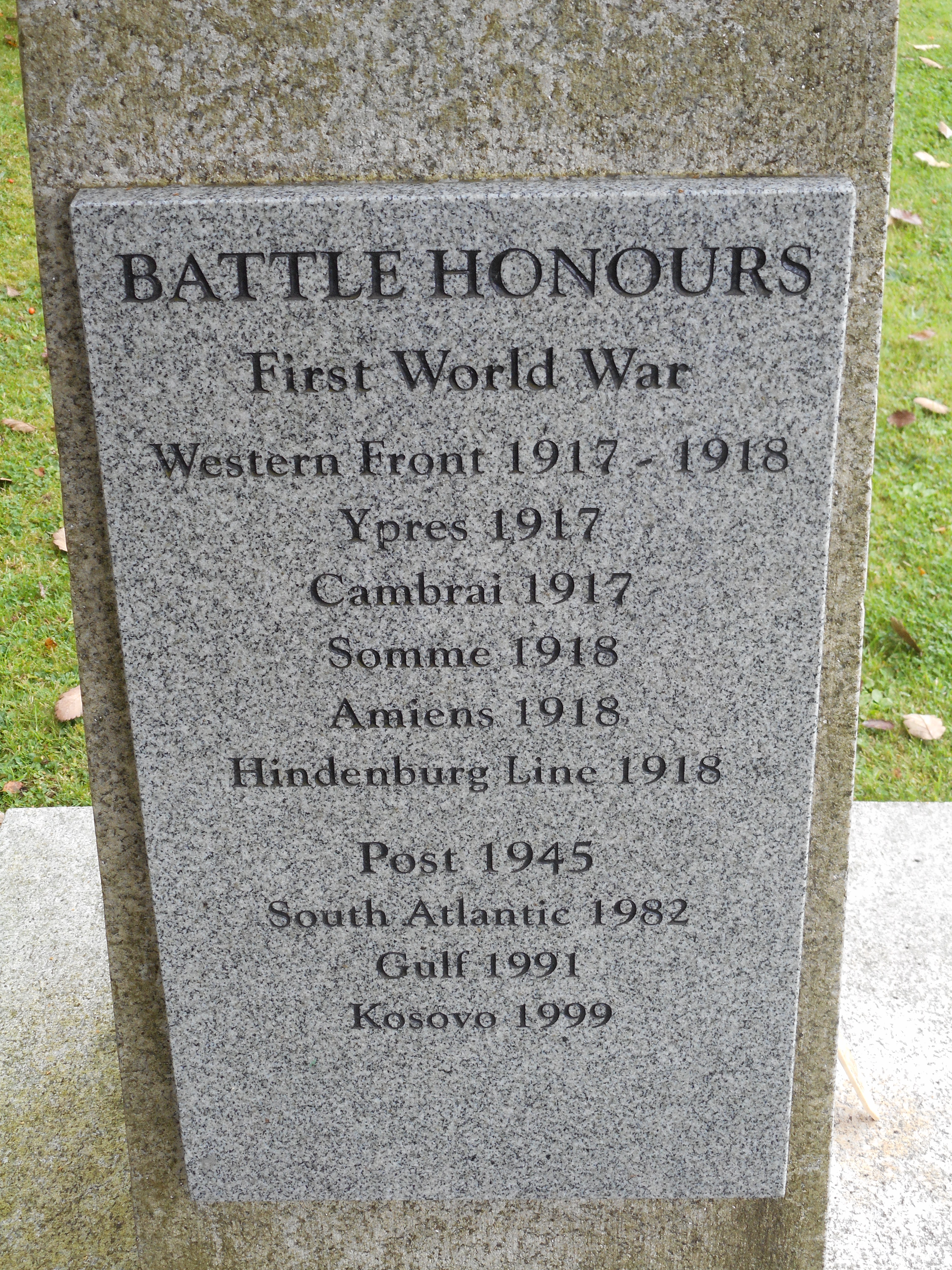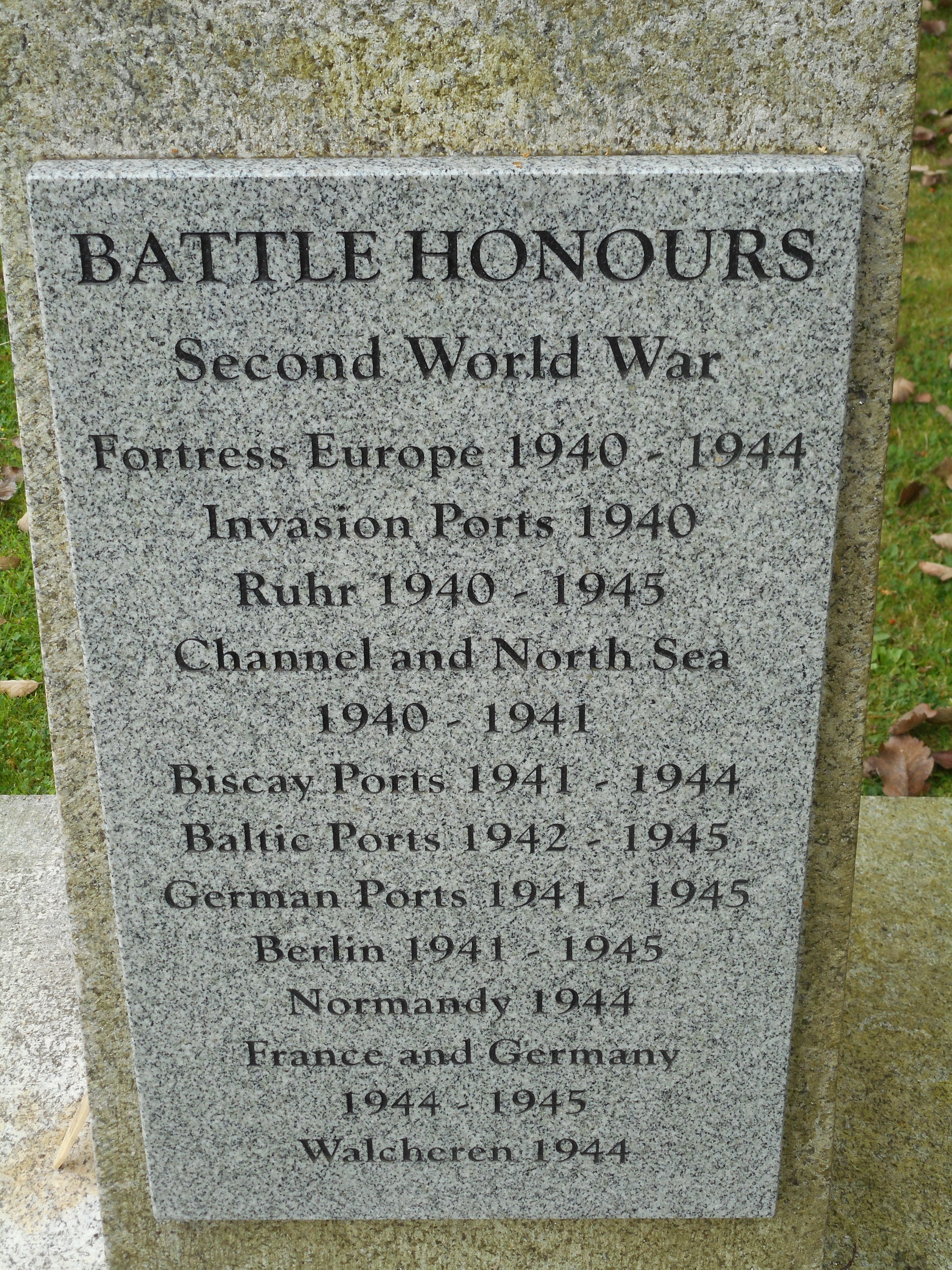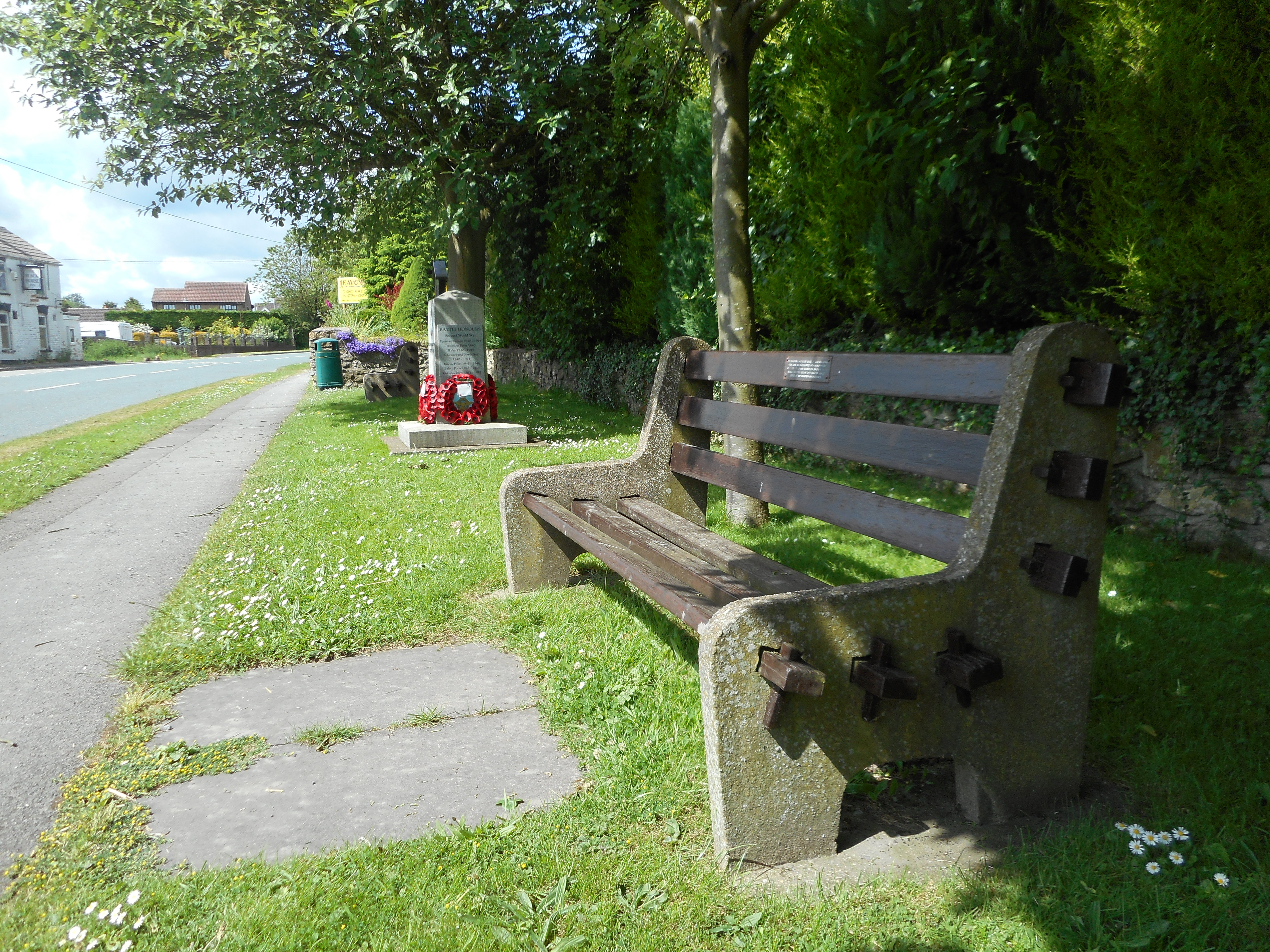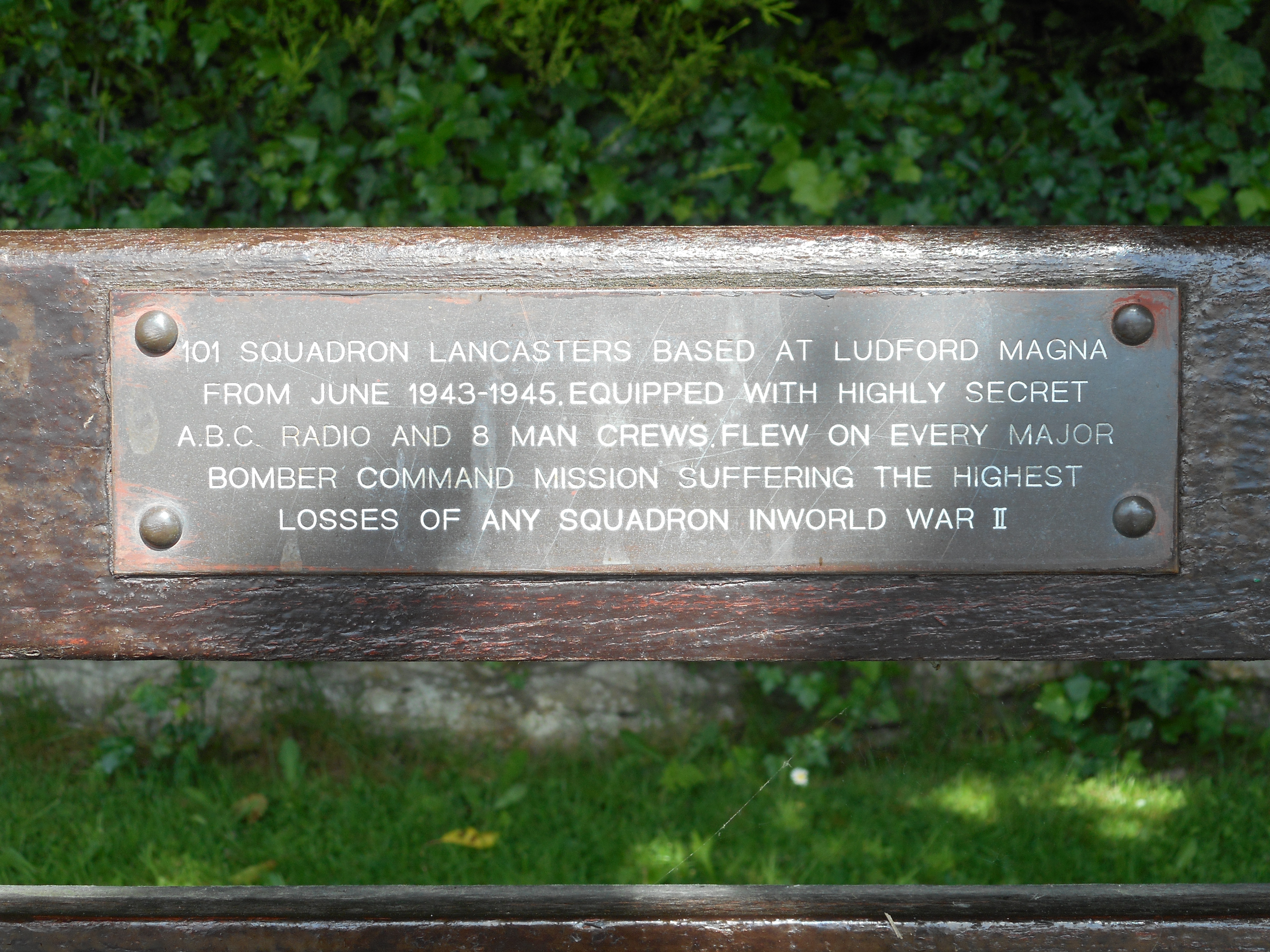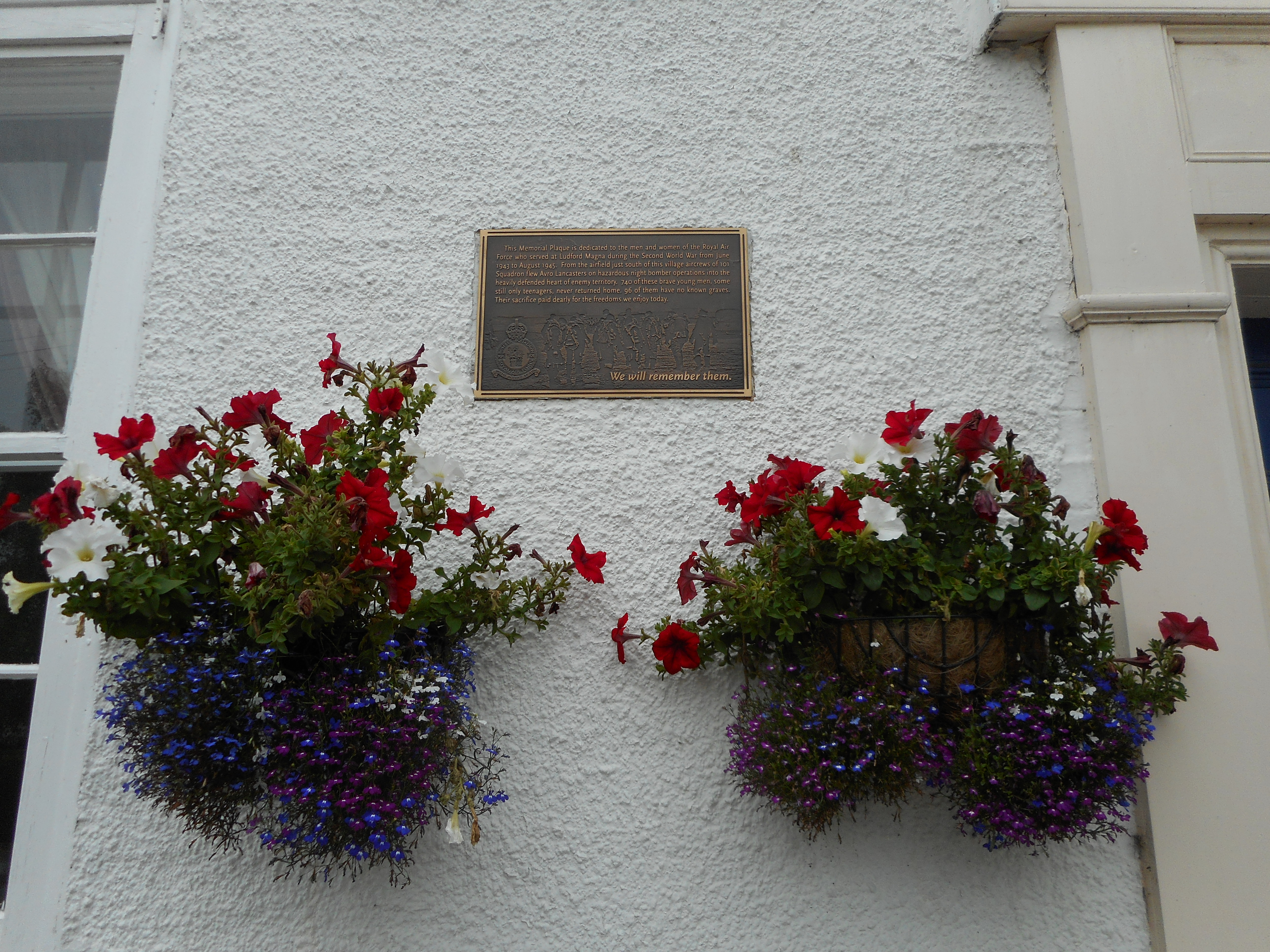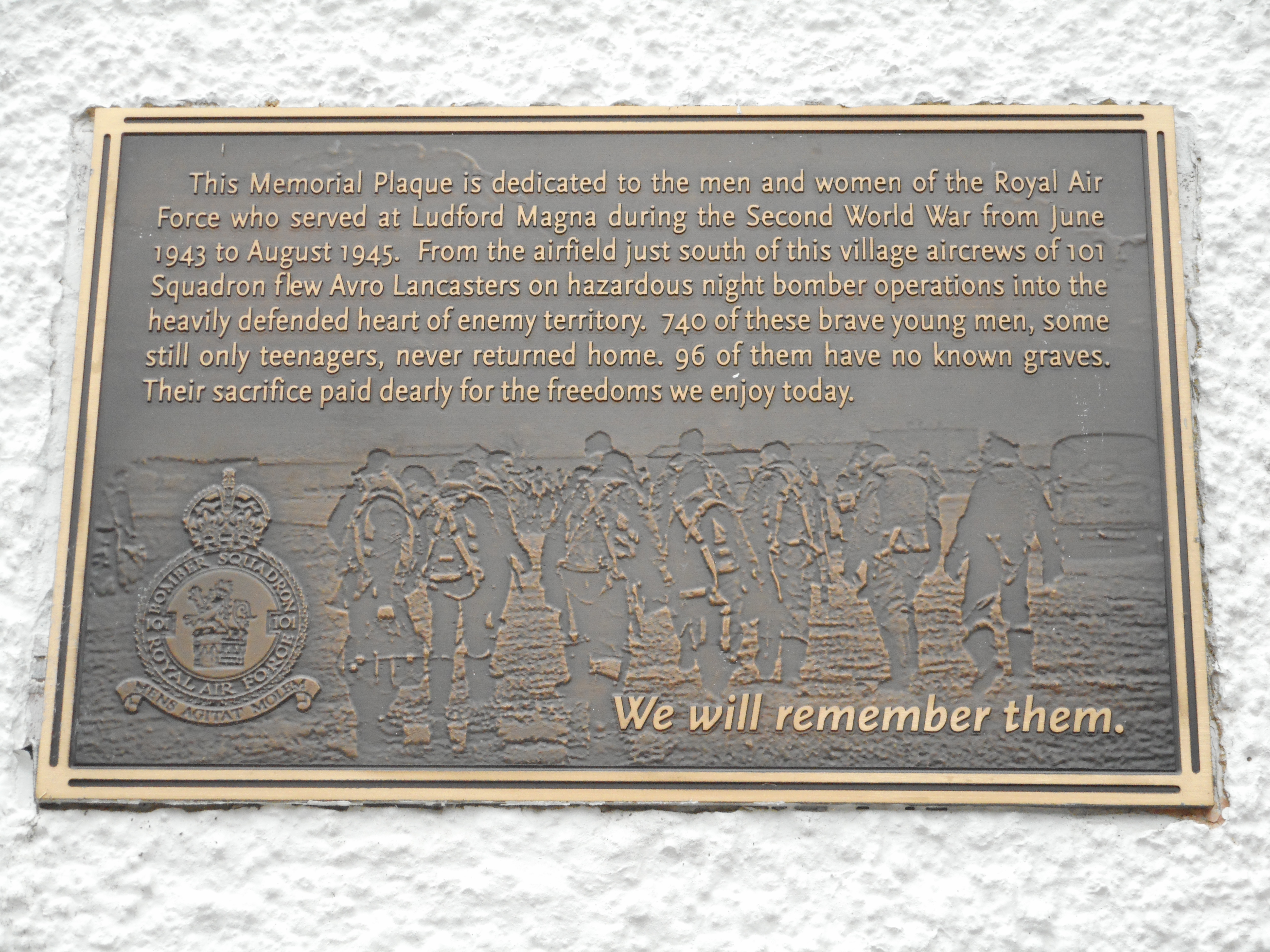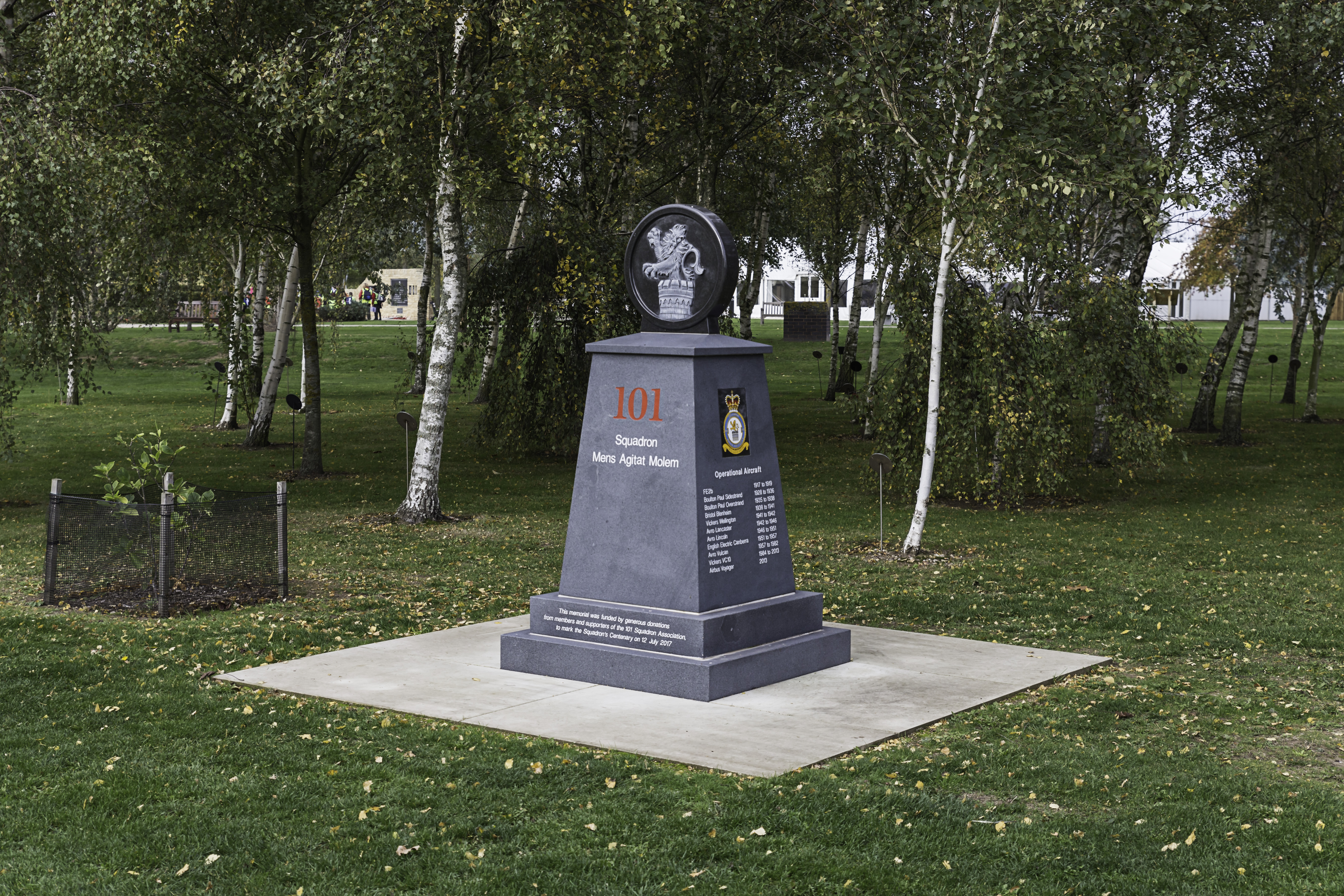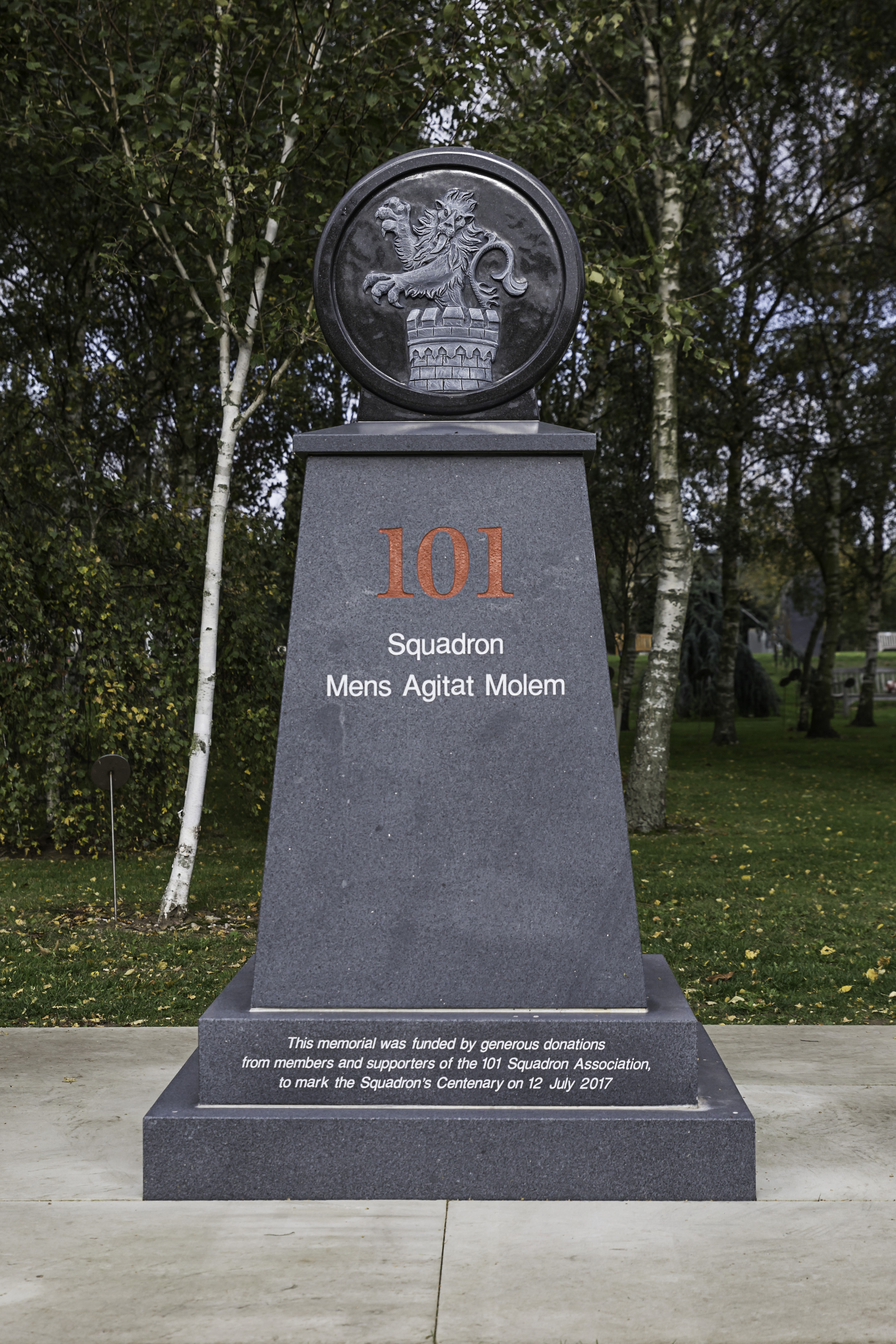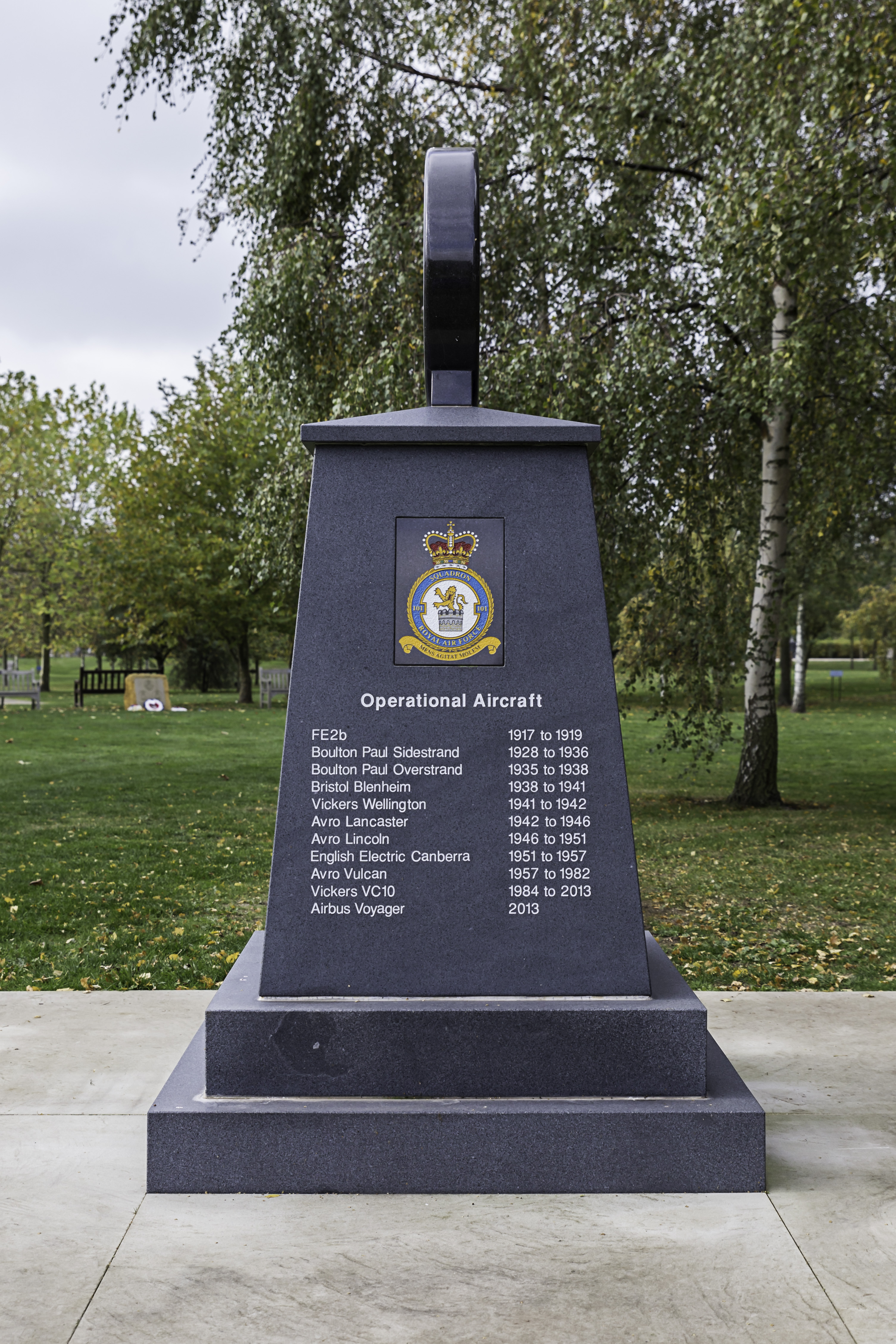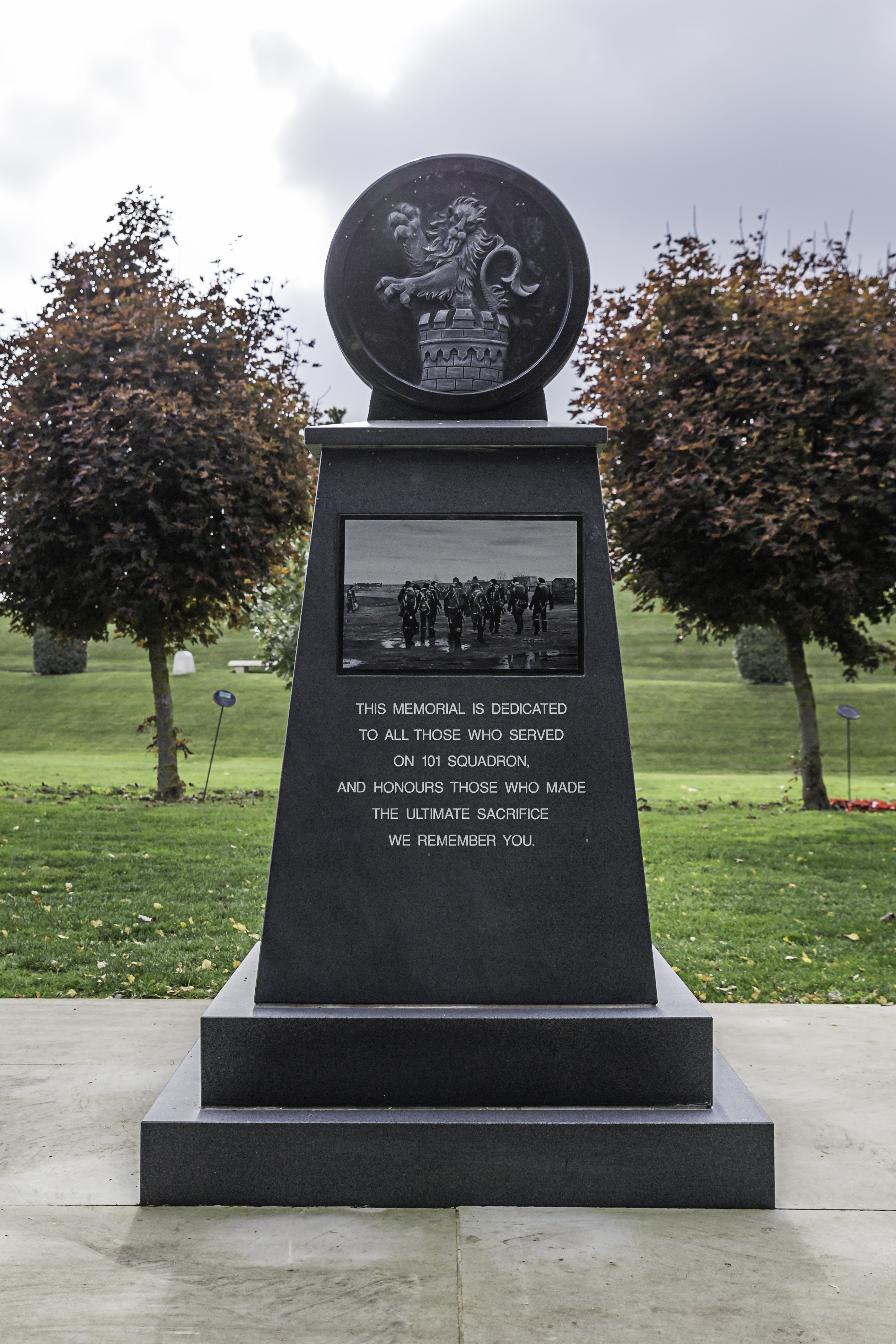Banks, Ivan William
Personal Information
| Rank | F/S |
| Forename(s) | Ivan William |
| Surname | Banks |
| Gender | M |
| Age | 20 |
| Decorations | |
| Date of Death | 25-06-1943 |
| Next of Kin | Son of William Henry and Alice Banks, of South Toowoomba, Queensland, Australia. |
Aircraft Information
| Aircraft | Avro Lancaster I |
| Serial Number | ED373 |
| Markings | SR-K |
Memorial Information
| Burial/Memorial Country | Netherlands |
| Burial/Memorial Place | Amsterdam New Eastern Cemetery |
| Grave Reference | Plot 69. Row B. Coll. grave 18. |
| Epitaph | NOT JUST TODAY BUT EVERY DAY IN SILENCE WE REMEMBER |
IBCC Memorial Information
| Phase | 1 |
| Panel Number | 5 |
Enlistment Information
| Service Number | 405803 |
| Service | Royal Australian Air Force |
| Group | 1 |
| Squadron | 101 |
| Trade | Pilot |
| Country of Origin | Australia |
Other Memorials
| Location | St. Mary & St. Peter's Church, Ludford Magna, Lincolnshire |
| Country | United Kingdom |
| Memorial Type | Sqn Standard & Roll of Honour in wooden bookcase |
| Memorial Text | In memory of 101 Squadron 1943-45 based at RAF Ludford Magna |
| Location | Village Centre, Ludford Magna, Lincolnshire |
| Country | United Kingdom |
| Memorial Type | Inscribed Stone Pillar & Brass plaque on adjacent bench |
| Memorial Text | In memory of 101 Squadron 1943-45 based at RAF Ludford Magna |
| Location | The White Hart PH, Ludford Magna, Lincolnshire |
| Country | United Kingdom |
| Memorial Type | Inscribed Metal on external wall of PH |
| Memorial Text | In memory of the men and women of 101 Squadron 1943-45 |
| Location | The National Aboretum, Alrewas, Staffordshire |
| Country | United Kingdom |
| Memorial Type | Inscribed Stone Monument |
| Memorial Text | This memorial is dedicated to all those who served on 101 Squadron, and honours those who made the ultimate sacrifice. We will remember you. |
Miscellaneous Information
| In the late 1990s Lyndon Pugh, the nephew of one of the air gunners Ronald Pugh, interviewed the surviving bomb aimer, former F/Sgt. Geoff Brook. He reported that the aircraft was attacked by Luftwaffe ace Karl–Heinz Scherfling. Geoff also reported that none of the crew saw Scherfling's approach, which he thought was from ahead and to one side. Sgt. Ronnie Pugh was killed in the initial attack, and a few minutes later F/Sgt. Billy Banks RAAF, the pilot, ordered the crew to bale out. Geoff was sure that Ronnie was already dead. As Geoff prepared to leave, the escape hatch jammed and although he tried for some time he was unable to open it. While struggling with the hatch he could hear some of the crew talking to each other, but when it finally opened there was no response to his calls to his comrades. It is likely that by then they had been overcome by smoke. Geoff then left the aircraft and watched it fly on straight and level, suggesting that Billy Banks was still at the controls, until it crashed into the sea with what Geoff called "a huge explosion." Some sources have all the crew leaving the aircraft, but Geoff was absolutely certain that none of his comrades left the stricken Lancaster. What remains of the bomber, if anything, lies in an area characterised by shifting sandbanks off Zandvoort, and this probably explains why no wreckage has ever been found. A rudder, believing to have come from ED373 SR–K, was found some way inland by a local farmer. |
Commonwealth War Graves Commission
The National Archives
| Record of Events (Operational Record Book) AIR 27/802/36 |
| Summary of Events (Operational Record Book) AIR 27/802/35 |
Fellow Servicemen
Last Operation Information
| Start Date | 25-06-1943 |
| End Date | 26-06-1943 |
| Takeoff Station | Ludford Magna |
| Day/Night Raid | Night (38% moon) |
| Operation | Gelsenkirchen |
| Reason for Loss | Shot down by night fighter Karl–Heinz Scherfling operating off Dutch coast. |
